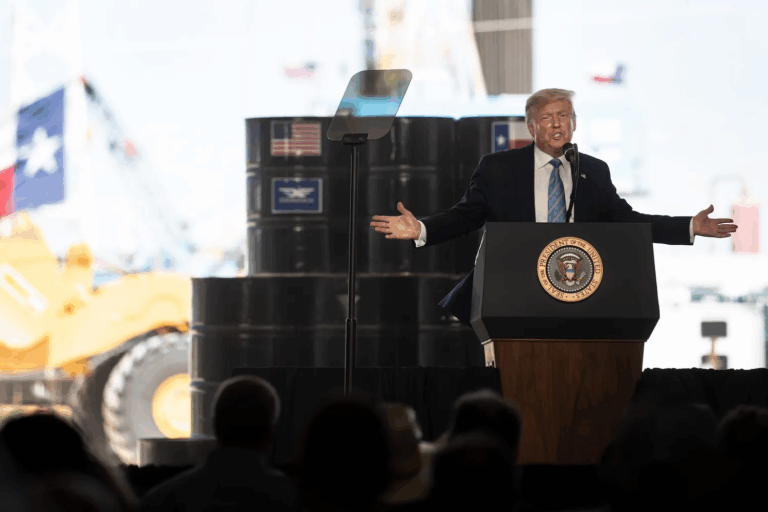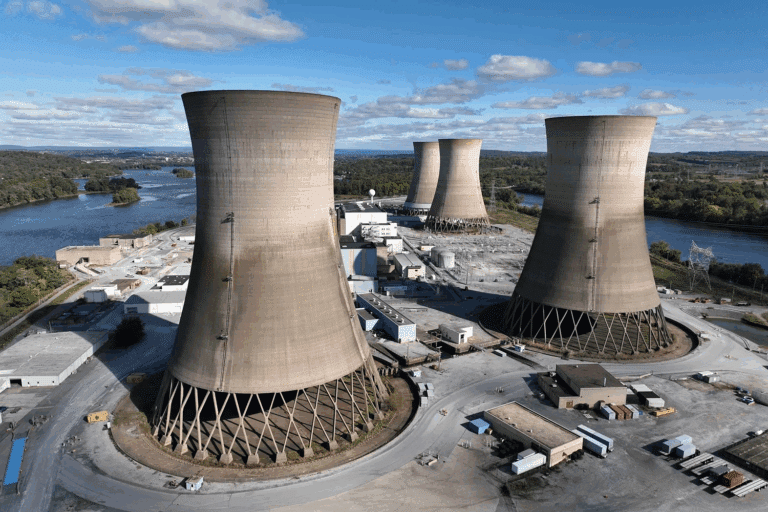This report represents the research and views of the author. It does not necessarily represent the views of the Center on Global Energy Policy. The piece may be subject to further revision.
Contributions to SIPA for the benefit of CGEP are general use gifts, which gives the Center discretion in how it allocates these funds. More information is available at https://energypolicy.columbia.edu/ about/partners. Rare cases of sponsored projects are clearly indicated.
-
CGEP’s Visionary Annual Circle
-
Corporate Partnerships
Occidental Petroleum Corporation
Tellurian Inc
Foundations and Individual Donors
Anonymous
Anonymous
the bedari collective
Jay Bernstein
Breakthrough Energy LLC
Children’s Investment Fund Foundation (CIFF) Arjun Murti
Ray Rothrock
Kimberly and Scott Sheffield
Executive Summary
Models that run decarbonization scenarios to meet mid-century goals for mitigating climate change almost always include a significant role for nuclear energy. The source’s projected level of deployment, however, remains uncertain, largely due to a wide range of estimated costs for new builds. Other factors that make it hard to gauge nuclear’s portion of the future energy mix include whether policies advancing low-carbon technologies will be enacted, the degree of public support for transmission siting and available low-carbon energy sources, whether new reactor technologies and fuels will change the investment equation, and how quickly “competitor” sources such as carbon capture and sequestration, renewables, and storage reduce costs.
This report, part of ongoing research into nuclear energy at the Center on Global Energy Policy at Columbia University SIPA, examines the economics of new nuclear facilities for electricity generation—whether building them out makes sense financially as part of efforts to reduce greenhouse gas emissions as power demand grows across the globe. Insights into costs can be gleaned by reviewing the history of construction delays and cost overruns in the United States, international experiences that have fared better and worse, and studies that model a transitioning energy system. Studies reviewed in this report estimate new US reactor costs generally ranging from $3,000/kilowatt (kW) to $6,200/kW based on a variety of reactor designs and cost reduction curves assumed for subsequent years. Internationally, new reactor costs vary significantly by country, depending in part upon factors such as the cost of labor and whether projects involve multiple reactor builds (with attendant efficiencies in manufacturing and construction).
Additional findings from this report include the following:
- The limited number of new reactor builds in the United States in recent decades and the large number of new designs under development (some of which have never been built anywhere in the world) leave few data points from which to draw definitive conclusions on future nuclear costs.
- In countries such as China and India, construction expertise and supply chain efficiencies from ongoing nuclear power project buildouts and energy technology learning as well as lower labor costs, among other factors, have created more competitive economics for nuclear than are currently found in the United States.
- Modeling of nuclear energy costs in the US suggests that if the price tag ends up being much higher than the upper limits used in the studies cited, such as above $6,200/kW, new nuclear will play a marginal role, if any, in the US energy transition.
- Within the cost range quoted above, nuclear’s ability to play a substantial role in the United States (e.g., 50 gigawatts of deployment) could depend on factors including whether stronger decarbonization policies are enacted; whether other viable firm, low-carbon options emerge as competitive alternatives; whether difficulties with siting new transmission lines continue; and/or whether renewable energy expansion faces constraints.
- The new 30 percent tax credit in the Inflation Reduction Act available to both renewable and nuclear energy will substantially lower the cost of new nuclear reactors for US utilities.
- Internationally, scenarios by the Intergovernmental Panel on Climate Change project that lower reactor costs in some emerging countries, in combination with strict climate mitigation policies, could result in very large new nuclear capacity expansion there.
- In modeling cases with high variable low-carbon power sources, the need for firm sources and storage options may be underestimated in the absence of greater temporal and technical granularity. This practice may omit costs associated with flexibility, market reserve, and storage that could be ameliorated by dispatchable nuclear capacity.





